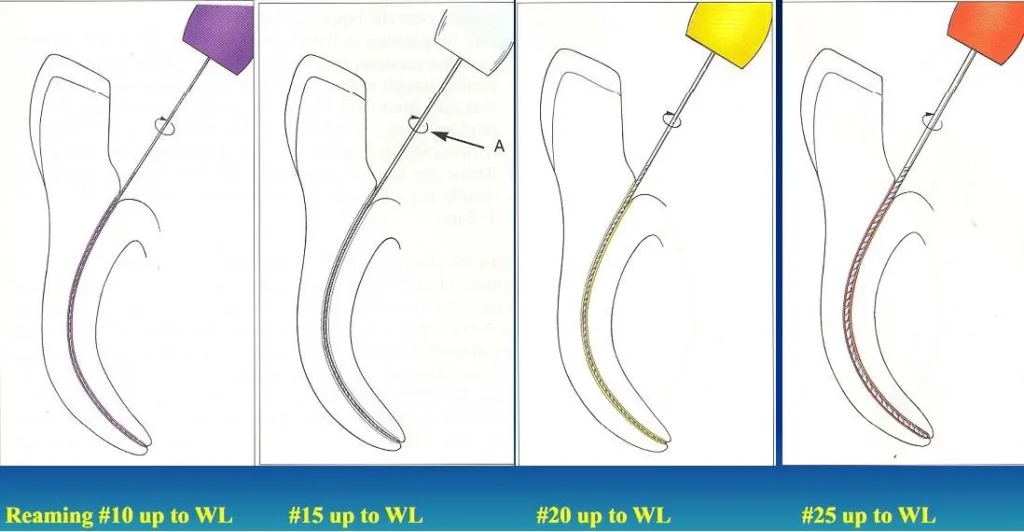With the introduction of rotary files, endodontic treatments became less time consuming, more efficient and that way, more comfortable for the patients so as for dentists. These files use an electric motor to mechanically rotate the files during cleaning and shaping. Endo-motor can be adjusted for certain speed and torque during manipulation. Speed and torque are suggested by company declaration so the dentist can be sure how to program the device for each treatment. Today they are exclusively made out of NiTi alloy which makes them safe to use with minimal chance for fracture or instrument separation during manipulation. Another great thing with rotary files is the fact that the number of instruments is reduced to 3-5 instruments for the entire procedure, which leads to less in-chair time.
Filling files are intended for intake of obturation material and their compaction so the three-dimensional obturation of root canals can be obtained. Depending on the filling technique, different instruments and appliances can be used. Ford lateral compaction technique, obturation paste can be placed into the canal with Lentulo spiral drill. This drill spreads the paste during its rotation in the canal from the apex to the orifice using centrifugal force to place the pace to all canal walls. This technique requires following compaction of gutta-percha points which can only be achieved with help of finger spreaders, instruments in much like hand files, only with smooth surfaces. Another technique, called heated compaction, have similar protocol except it needs the use of heat-carrier and pluggers that will heat up gutta-percha and compact it with an appropriate plugger. Great technological development in dentistry brought contemporary devices that can achieve better, more precise and faster obturation and many dental companies started with the production of different types of electrical heaters that can place warm gutta-percha directly into the canal without the possibility of periradicular extrusion of material.
Entire endodontic dentistry has faced numerous improvements in the last 20 years, considering therapeutical materials so as instruments and electrical devices. Besides choosing a well-trained and experienced dentist who can make right diagnose and good treatment plan, it also important that they are up to date with these improvements on the market in order to provide the fastest, safest and high-quality treatment for their patients.



